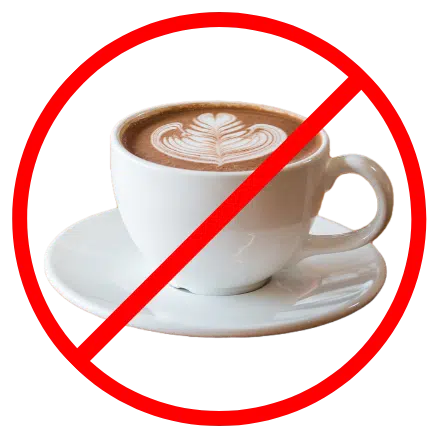What You Need to Know
To better understand the concept of incontinence, it is first pertinent to understand the pelvic floor. The pelvic floor is made of muscles, ligaments, tendons and connective tissue that extend from one end of the pelvis to the other. They help support the bladder, rectum, and uterus and can play a part in bowel and bladder control, sexual function, as well as posture. Incontinence can occur when these muscles are weakened or injured and is the most common cause in adults. There are two main types of incontinence, stress and urge.
Stress Incontinence
- Most common cause of incontinence among females
- Symptoms generally include urinary leakage when coughing, sneezing, or anything that increases the pressure on the bladder. Often, this can be from pregnancy or previous surgery leaving a weakened pelvic floor.
- The treatment includes strengthening this group of muscles and tissue. This is where a group of exercises, known as Kegels, can help. These exercises focus on contracting and relaxing those deep core muscles to help better control the bladder. For better results, do these often throughout the day.

- -If the Kegel exercises do not help, the next step is typically pelvic floor physical therapy. This is a program available at Ridgeview, Twin Cities Orthopedics, or OSR where the patient works with a skilled physical therapist to target these muscles and improve outcomes. To learn more about this, please ask your primary care provider.
Urge Incontinence
- As the bladder fills, it stretches to make room for more urine. When the bladder is about half full you feel the need to use the restroom. A healthy bladder can hold up to 600mls of urine so most people can hold on after this initial feeling until it’s convenient. However, people who experience urge incontinence get a strong feeling to urinate even when the bladder isn’t full and cannot hold it.
- These symptoms can be common in a condition called overactive bladder. Causes of overactive bladder can be urinary tract infections (UTIs), bladder stones, enlarged prostates, constipation, damage to the nerves in conditions like Multiple Sclerosis (MS), strokes or from spinal cord trauma.
Some aggravating factors include caffeine, sodas or teas that can irritate the bladder wall. The first step in treating this condition includes reducing the aggravating factors, if possible, such as limiting or eliminating the caffeine intake or avoiding certain carbonated beverages.

Pelvic floor physical therapy can have benefits with this type of incontinence as well and is a good option for those trying to avoid medications. Timed toileting is another way to reduce urinary leakage. It works best if you set an alarm or timer in intervals (i.e. every 2 hours) to use the bathroom to avoid over distending the bladder.
– There are medications that can help with some of these symptoms, although this depends on the underlying cause. Common medications include Oxybutynin, Mirabegron (Myrbetriq) or Vibegron (Gemtesa). There are also more specialized options available by the urologist such as Botox injections. Please talk with your primary provider for more information.
Incontinence issues can be addressed by a variety of Lakeview Clinic medical providers including Internal Medicine, Family Medicine, and OB/GYN providers. If you struggle with this common issue, be sure to inform your primary care provider. They are here to help!

Jordyn N. Walter, MD
Dr. Walter is an Internal Medicine physician who has special interests in chronic disease management such as diabetes, heart failure, and hypertension. She also provides point of care ultrasound services.
